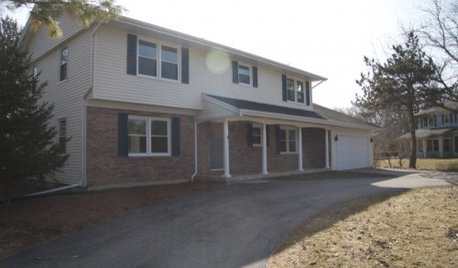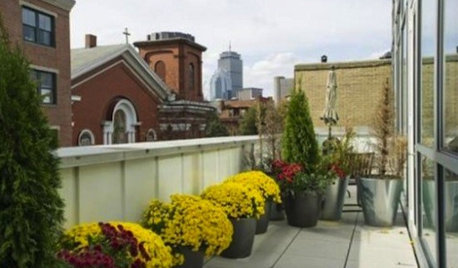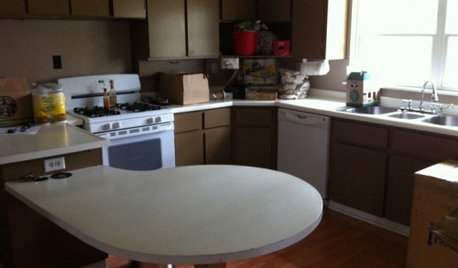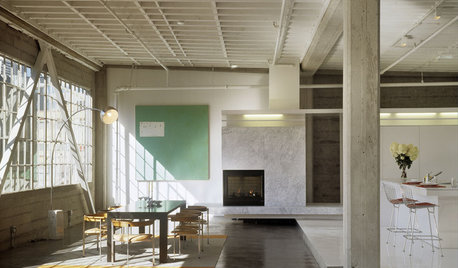More questions on Grafting
oxankle
16 years ago
Related Stories

FEEL-GOOD HOMEThe Question That Can Make You Love Your Home More
Change your relationship with your house for the better by focusing on the answer to something designers often ask
Full Story
REMODELING GUIDES9 Hard Questions to Ask When Shopping for Stone
Learn all about stone sizes, cracks, color issues and more so problems don't chip away at your design happiness later
Full Story
CURB APPEAL7 Questions to Help You Pick the Right Front-Yard Fence
Get over the hurdle of choosing a fence design by considering your needs, your home’s architecture and more
Full Story
5 Questions for Houzz Design Stars
Post Ideas for Updating an Exterior, Balancing an Off-Center Window and More
Full Story
5 Questions for Design Stars
Add Your Ideas for Outdoor Storage, Cheering Up a Fireplace and More
Full Story
Design Dilemmas: 5 Questions for Houzzers!
Post Ideas for Landscaping for a Modern Home, Updating a Rental and More
Full Story
Easy Green: 6 Must-Answer Questions Before You Buy
Thinking about buying ecofriendly furniture? For a truly environmentally conscious home, ask yourself these questions first
Full Story
REMODELING GUIDES13 Essential Questions to Ask Yourself Before Tackling a Renovation
No one knows you better than yourself, so to get the remodel you truly want, consider these questions first
Full Story

WORKING WITH PROS10 Questions to Ask Potential Contractors
Ensure the right fit by interviewing general contractors about topics that go beyond the basics
Full StorySponsored
Columbus Design-Build, Kitchen & Bath Remodeling, Historic Renovations
More Discussions


loslunasfarms
fignut
Related Professionals
Danbury Landscape Architects & Landscape Designers · Cary Landscape Architects & Landscape Designers · Parole Landscape Architects & Landscape Designers · Sahuarita Landscape Architects & Landscape Designers · Stamford Landscape Contractors · Indio Landscape Contractors · Las Vegas Landscape Contractors · Rochester Landscape Contractors · Yuba City Landscape Contractors · Kalamazoo Decks, Patios & Outdoor Enclosures · Portland Decks, Patios & Outdoor Enclosures · West Palm Beach Decks, Patios & Outdoor Enclosures · Chicago Fence Contractors · Madison Fence Contractors · Santa Clarita Fence ContractorsoxankleOriginal Author
loslunasfarms
axier - Z10, Basque Country (Spain)
oxankleOriginal Author
fignut
oxankleOriginal Author
gary_dia